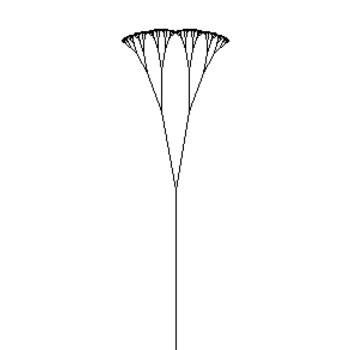An object with a mass of #4 kg# is pushed along a linear path with a kinetic friction coefficient of #u_k(x)= 5+tanx #. How much work would it take to move the object over #x in [(-5pi)/12, (pi)/3], where x is in meters?
1 Answer
Explanation:
Please note the work done is given as,
Also note, the force applied (
So it is not possible to find the work done. What can be found, rather, is the minimum work done in this process.
In that case,
Given, the force is applied on the same direction as the displacement, the work done is given as:
Again, please remember the work done,

